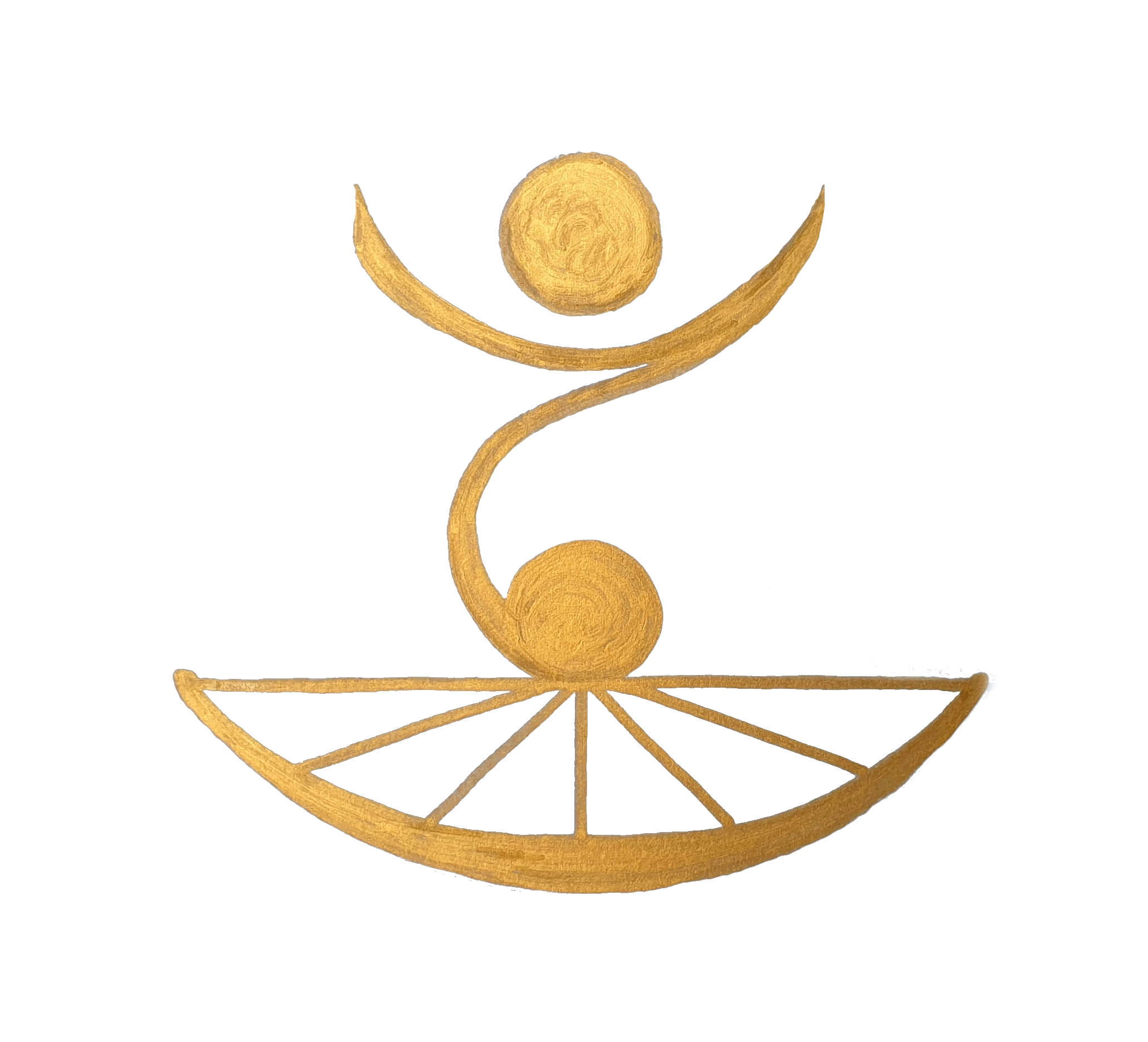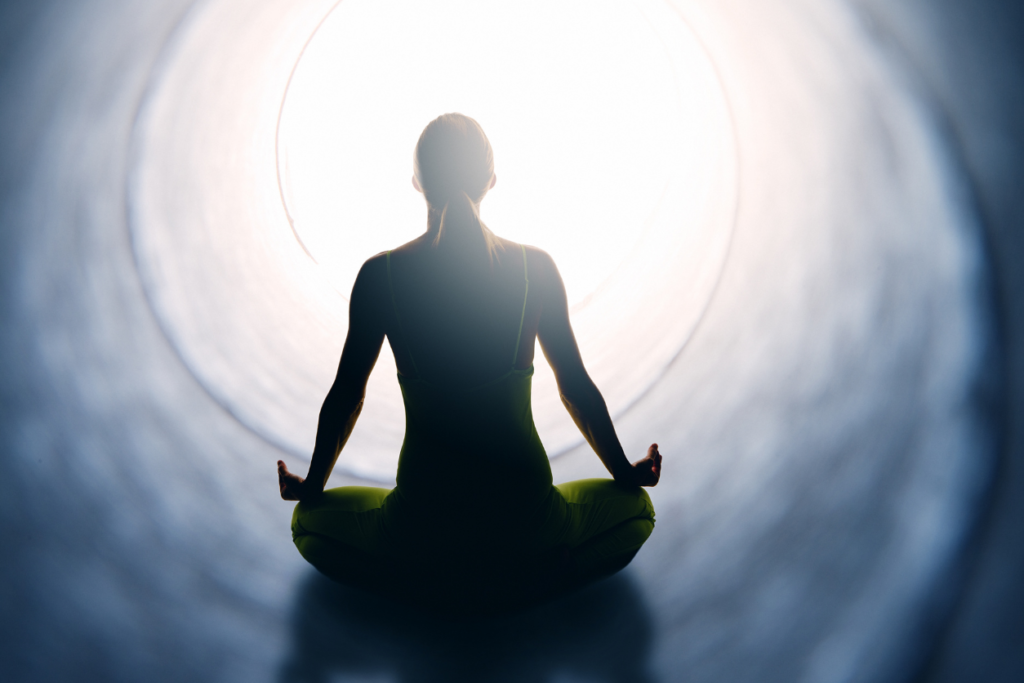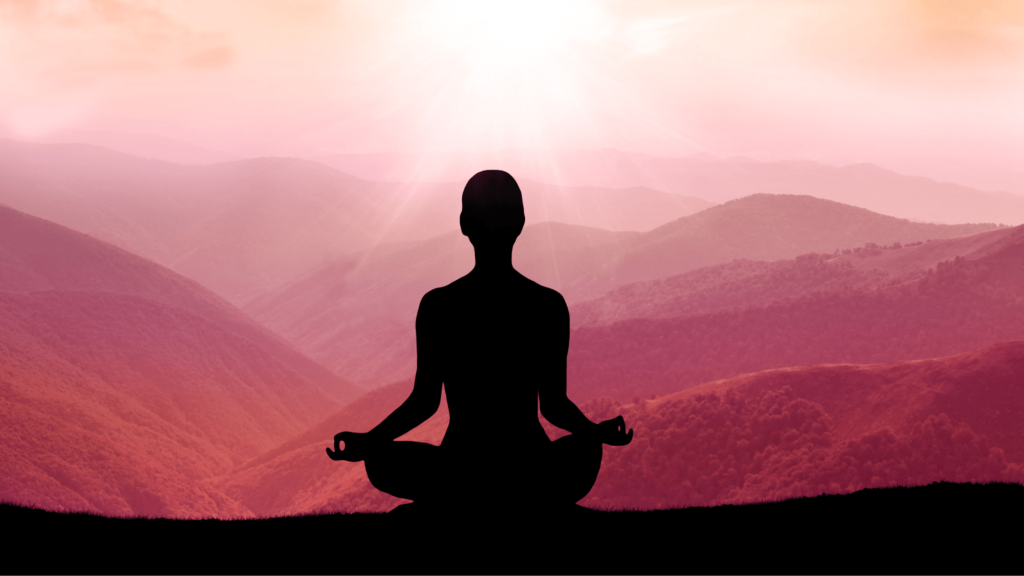Two Directions of Practice
You could say that Zen practice—at least for a fairly long time for most of us—is done in two
directions: inwardly and outwardly. In other words, our practice consists of paying close
attention to what we experience inwardly (thoughts, emotions, our bodily sensations, and
other interior events) and what we experience outwardly (the world, the environment, or
ordinary physical reality, as experienced through our ordinary senses).
We pay attention to these two directions, until they become one, or until we get their
fundamental non-duality, which is just the timeless realization of non-separation or inter-
connectedness. Through practice we eventually see there is not a solid, fixed, unchanging “I”
that experiences things separate from itself. So, for example, when we hear something,
conventionally we say: “I (subject) hear the barking dog (object).” But in reality, there is just the
sound and its awareness, inseparably so. There is no solid, separable “I” to be found anywhere
in that experience. There’s just the ordinary-but-mysterious, ineffable experience of hearing.
Now, to say any of this is to make an intellectual claim and to understand it requires only
intellect. But to experience nonduality takes something else—luck, accident, grace, or long
practice—probably in some combination. Certainly, the practice of still, silent awareness
meditation gets us closer to it. Additionally, paying attention throughout our day to what’s
going on inside and outside ourselves also helps. But let’s not kid ourselves.

Our ego sense is highly developed. The sense we have of ourselves as a solid, fixed identity is what we have been conditioned to believe—even in the face of contrary evidence. For example, have you ever
found your “I”? Can you point to it? Where is it located, exactly? And if we can’t locate it, how
can we say it actually exists? Furthermore, our identities (note the plural) seem to shift from
moment to moment, from situation to situation. Which is the real one, then?
To really get the nondual nature of reality—from our perspective as conditioned egos—appears
frightening. In fact, a certain kind of “death” may be required, an experiential letting go, or
free-fall into the unknown. This is why oftentimes when practitioners get close to so-called “ego
death,” they shy away and return to the familiar sense of separation, which, despite the
suffering it causes (in actuality, that separation is the very nature and definition of suffering)
seems more familiar and therefore falsely reassuring. A certain willingness to remain in the
“groundlessness” of being (no fixed identity, nothing to hold on to or stand on) may be required
to see through the sleep of the self, the waking dream of conventional reality.
The good news is that in meditation, this invitation to the groundlessness of being arises
naturally, and we can begin, slowly, to open to it. Doing this is neither difficult nor easy; it just
requires our willingness, persistence, and on-going close attention. Every “conventional” aspect
of reality—sights, sounds, smells, tastes, emotions, sensations, thoughts—are literal doorways
to the nondual, are in fact nothing but the nondual, and that also includes our awareness,
which is not separate from any of them. So we practice the two directions—inward and
outward—until the distinction becomes meaningless, and suffering no longer has much of a
reason to arise.
From a strictly practice point of view, it may also be useful for each of us to discover about
ourselves whether we seem to have a natural tendency to prefer one of the two directions of
practice over the other. Do we feel more comfortable in the outer world of objects, events, and
socializing? Do we find that most of our attention naturally and effortlessly goes “out there”?
Are we, in other words, extroverted? Or do we find it easier to be with our own internal world,
perhaps entertaining fantasies, working with our own imagination, reading quietly, spending a
fair amount of time alone. In short, are we more naturally introverted?
From a practice perspective, however, it doesn’t really matter. Practice works whatever our
predisposition. It does help, though, to know how we’re constituted. For example, a natural
introvert might find it very easy to sit quietly in meditation, focusing fairly comfortably on the
inner wheels, so to speak, as they go through their spinnings and gyrations. This same introvert,
though, might have difficulty detaching from thoughts and fantasies, might have a strong
tendency to believe in them as inviolably real. And likely, the introvert—by definition—won’t
feel all too comfortable in social situations. Conversely, an extrovert might find it easy to relate
in a friendly and effortless way to other people, engaging in casual banter and feeling
completely at ease in social situations. But the minute the extrovert is asked to sit still and turn
attention inward, there can be a sense of confusion, discomfort, even anxiety as that territory
somehow doesn’t feel as familiar or as comfortable. Of course, there are folks whose
introversion and extroversion seem to be more or less balanced—and we’re all more or less
along a continuum. Part of being committed practitioners is to slowly map and become familiar
with our own habitual territories—in part, to be able to then explore unfamiliar terrain.
To a certain extent, this is where “going against” familiar predispositions or patterns (as George
Gurdjieff long-ago advised) can be useful in practice. In fact, anything that gives us the
opportunity to experience a little discomfort can be very helpful, if approached consciously
with a practitioner’s open curiosity. So, introverted practitioners can consciously opt to put
themselves into social situations where they know they’ll be uncomfortable, and extroverts can
set themselves up for a little solitude periodically.
It’s important to say that practice is not intended to make extroverts out of introverts or
introverts out of extroverts. Practice is meant to have us work with what’s there, helping us to
recognize our conditioned tendencies, and helping us to broaden and deepen our perspectives.
Done consciously, with a willingness to feel the very specific discomforts that arise is the key
attitude that in time helps us see more and more through our false sense of separation.
by Al Zolynas



